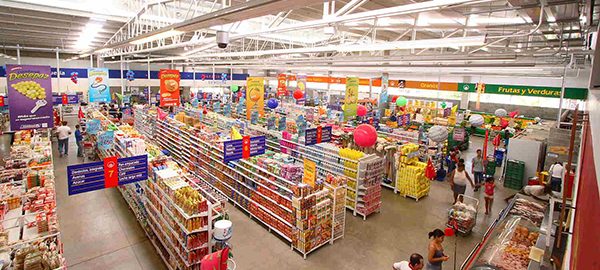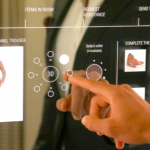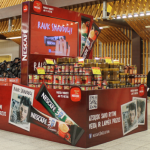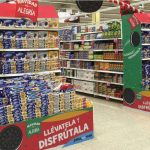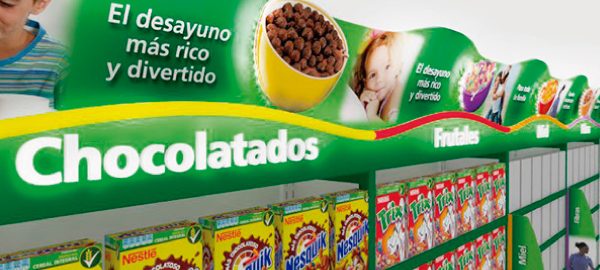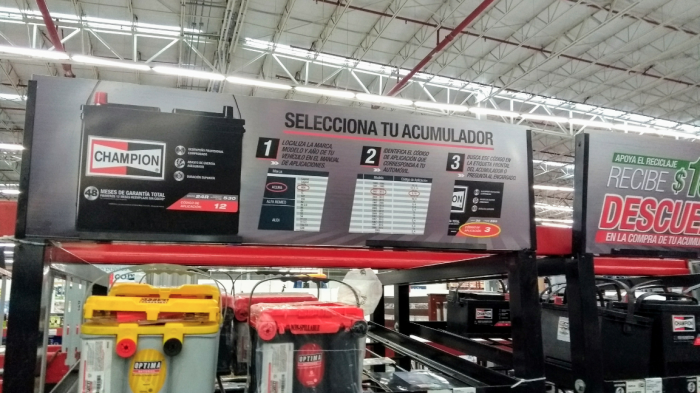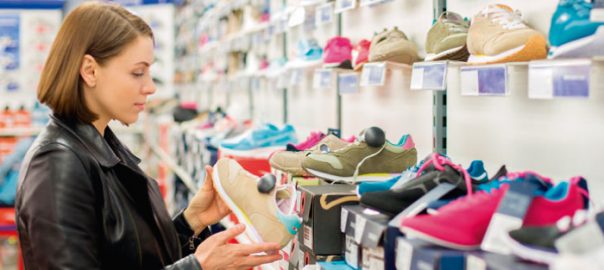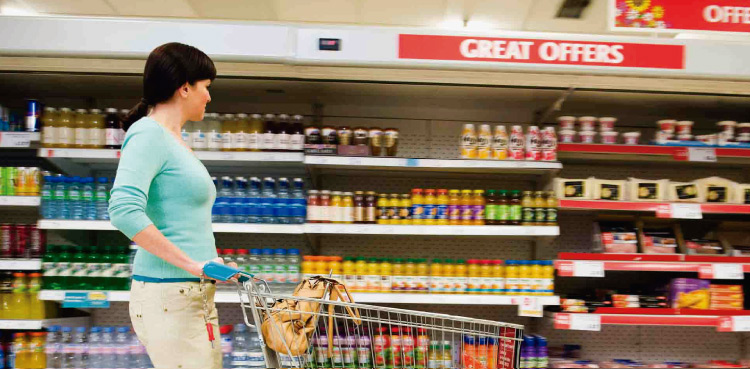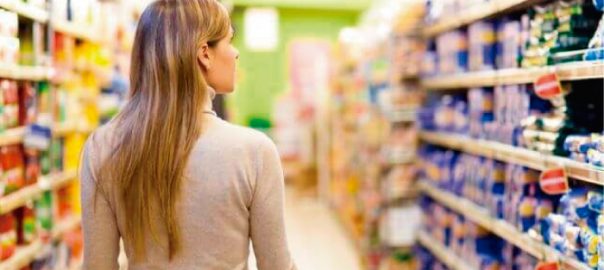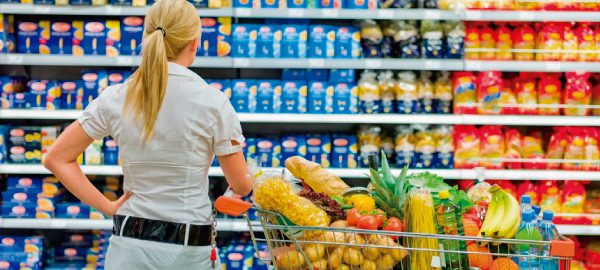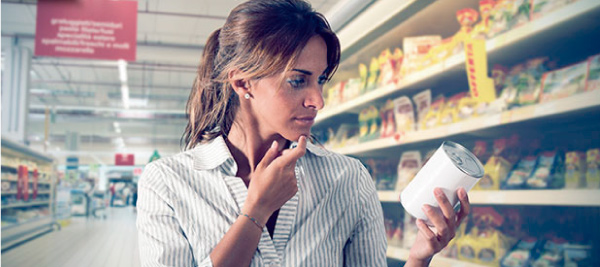One of the industries that contributes most to the internal economy of a country and that employs thousands of people, without a doubt, is retail.
Retail stores, in their various formats, are not only an important source of work, but also a sector that makes available to the consumer hundreds of products that are promoted through different marketing strategies.
According to the National Association of Self-Service Stores (ANTAD), its retail chains contribute 3.4 percent of Mexico’s gross domestic product (GDP), with a total of 51,709 establishments, divided into three retailer formats.
Regarding the sales generated by retailers in our country, data from Planet Retail and Deloitte indicate that in 2016 the sum for this concept reached up to 464,940 million dollars, an amount that at the end of this year could reach 490,390 million; and for 2018 estimates of that firm suggest that net sales by retailers in Mexico would reach little more than 517 billion dollars.
What trends will define the retail sector?
The emergence of the Internet and the improvement of processes in logistics, distribution and customer service through the use of new technologies were some of the factors that have been transforming the retail industry worldwide, and that will surely continue to influence in coming years.
But just as the arrival of the network and the optimization of the operation of the retail sector have changed the industry, there are a number of trends that in the remainder of the year and the following may be glimpsed, such as:
- Analysis of location of categories and proximity marketing: the first point refers to a more exhaustive work of analysis of purchasing habits, as well as the existing rotation in each category, to then find a way to redirect the shopper towards certain areas of the POS, which is accompanied by that type of marketing that will try to know with certainty which departments of the retailer are more traveled, why, and based on it create strategies that maximize their profitability.
- Automated stock management: both on the shelf and in the warehouse, the correct and updated management at all times of the stock level in the store will help the retailer and manufacturers to have enough product quantity, and thereby prevent the customer from desisting to buy by not finding their products.
- Shelves monitoring: Modelez marketing director, Luis Lazcano pointed out that each brand and store must have full control of the shelf, in terms of availability, since within a category the competition is constant and it is right there where the decision of purchase is given, so having an adequate supply will prevent a certain brand from being left behind.
- Sustainable packaging with double use: for the new consumer a packaging with a real added value is one that not only looks good and motivates the purchase for its appearance, but also that which is produced with environmentally friendly materials, which does not require of high energy expenditure during its manufacturing process, and that has a second use.
- Application of disruptive technologies in PDV: interactive testers, augmented and virtual reality, use of tablets to consult information about products, dynamics that start in an establishment and end with a publication in social media, are some examples of applications of new technologies that maximize the purchase experience, and this drives more purchases in a single visit.
- Models of predictive analysis: as suggested by its name, this type of models allow the retailer to predict purchasing habits, consumption, frequency of visits, interests and tastes that it will have, to then go one step ahead of the target and offer products and services that he will need.
- Real omnication: that is, the retailer will allow the customer to make purchases online within the PDV, it will offer an efficient online store where you can buy something and pay it in the establishment if you wish, with specific promotions for each channel that, together, give the shopper a range of purchase possibilities, as well as a pleasant experience.
- Geomarketing strategies: as with Waze, for example, the retail sector will keep this trend so that through an SMS or suggestion within the application can know where there are retail stores near the customer, and with this the retailer knows what so often the consumer passes by, if he went to his PDV and locate potential customers.
Written by Lizbeth Serrano, taken from Informa BTL


 Español
Español